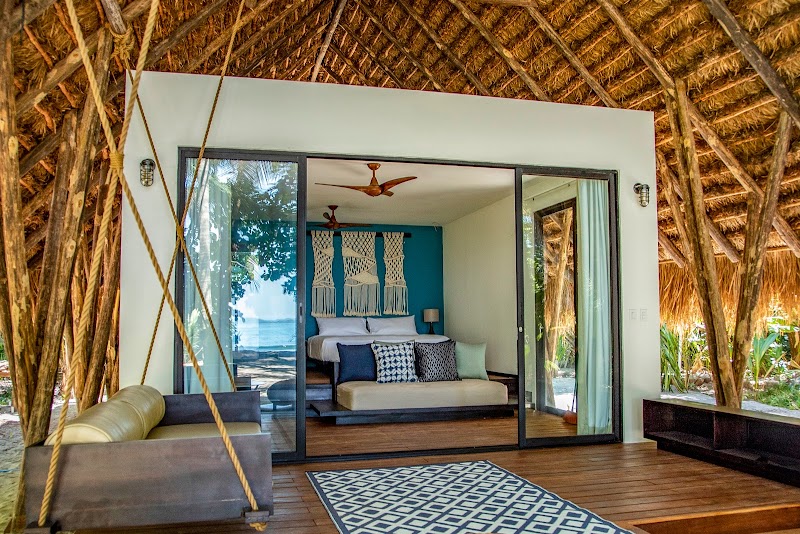
Gulf of Chiriquí National Marine Park Adventures
The Gulf of Chiriquí National Marine Park is a protected marine area on Panama’s Pacific coast, known for its rich biodiversity, vibrant coral reefs, and excellent opportunities for snorkeling, diving, and wildlife observation.
About Gulf of Chiriquí National Marine Park

Located along Panama’s southwestern Pacific coast in the province of Chiriquí, the Gulf of Chiriquí National Marine Park encompasses approximately 150 islands and islets, coral reefs, mangroves, and coastal marine habitats. Established in 1994, the park covers an area of about 150,000 acres, extending into the Gulf of Chiriquí. This protected area conserves an impressive range of marine ecosystems, including coral reefs, seagrass beds, and tropical dry forest islands. These diverse habitats support abundant marine life such as reef fish, dolphin species, sea turtles, and migratory birds. The marine park is also home to threatened species like the green sea turtle and the hawksbill turtle. With clear waters and diverse underwater landscapes, it is a premier location for recreational activities like scuba diving, snorkeling, and sport fishing. Visitors often explore the islands by kayak or boat tours, enjoying secluded beaches and observing colorful marine species including parrotfish, rays, and octopuses. The park’s islands offer opportunities for hiking and wildlife viewing, with some featuring old growth forests and nesting sites for seabirds. The area also has cultural significance due to nearby indigenous communities and its historical role in regional fishing activities. Its relatively low human footprint, combined with well-preserved natural environments, makes Gulf of Chiriquí National Marine Park a highly attractive destination for eco-tourists and nature lovers seeking marine adventures in Panama.
Highlights
Comprehensive coral reef systems supporting diverse tropical fish species
Isla Parida, one of the largest islands with beaches and hiking opportunities
Clear waters ideal for snorkeling and scuba diving
Mangrove forests providing critical nursery habitat for marine life
Notable Natural Features
Isla Parida
The largest island in the park, featuring sandy beaches, tropical forest, and opportunities for hiking and birdwatching.
Coral Reef Systems
Extensive reef formations harboring vibrant marine life, considered one of Panama’s best snorkeling and diving sites.
Mangrove Ecosystems
Critical nursery habitats for fish and crustaceans that help sustain the marine biodiversity in the park.